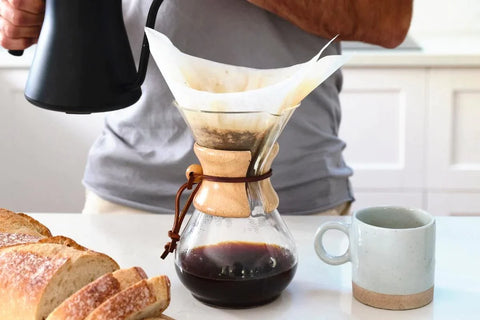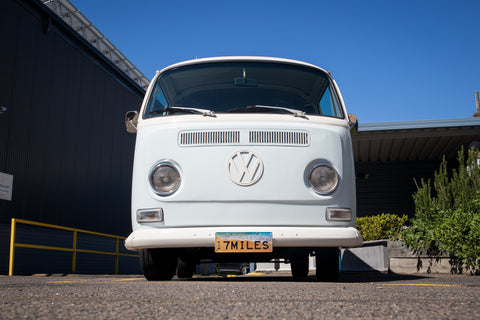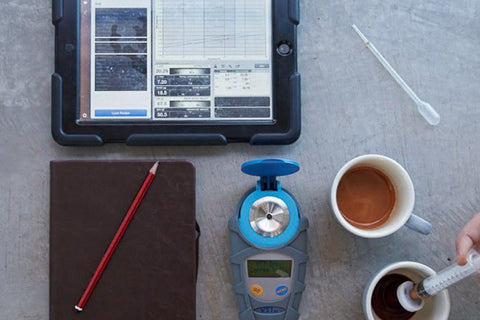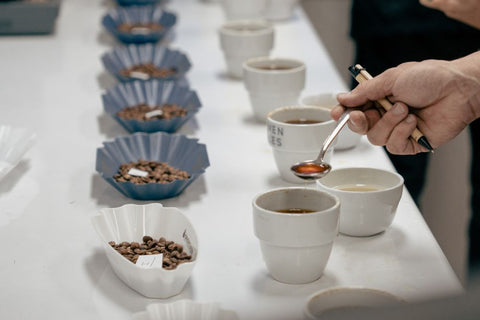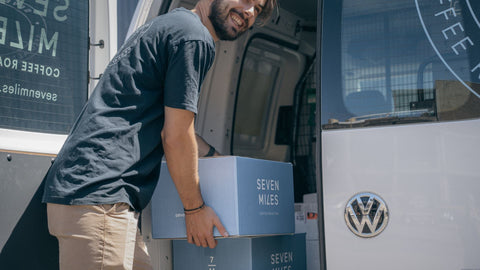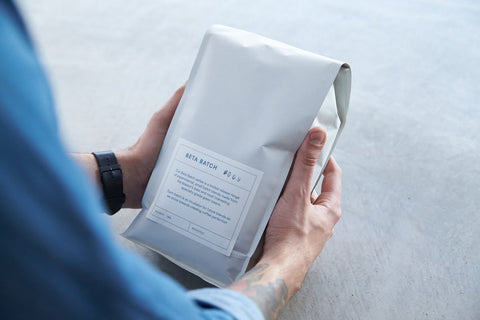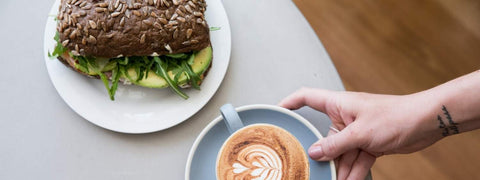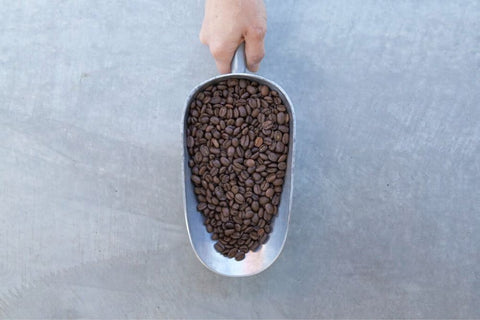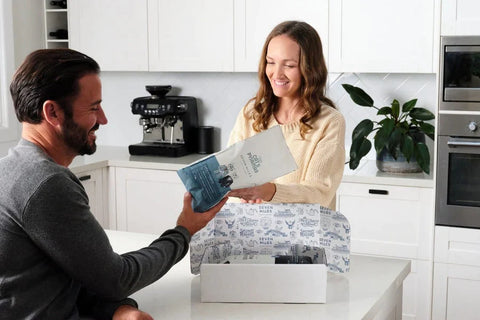There is a popular notion that owning a cafe is a licence to print money.
“The margins on coffee are huge” they say, “$18 for avocado on toast...I can buy a whole tray for that” they optimistically remark.
As anyone who has owned a small business before knows, that’s not how it works.
Yes, the product margins in a cafe are high, 65-70% Gross Profit is common (Gross profit is the amount you have left after taking out the cost of ingredients & GST). However Net Profit (the amount left after paying rent, staff & everything else) is often quite modest.
How modest? According to the most recent ATO industry benchmarks, the average Net Profit for a Cafe in Australia is around 10% of sales. So it works out like this:
For a middle of the road cafe turning over $500k / year, that leaves the owners with $50k to pay off loans, taxes and then finally take home something themselves.
Not particularly compelling if you’ve just worked a 70 hour week.
So to make it worth the effort, we really need to beat the benchmarks. Here are some principles I’ve learned from successful, long-term cafe owners and in my own business.
Note: Every business is different, and this information is general in nature. It is based on my personal experience and opinion and should not be considered financial advice.
#1 Know your numbers
I get it, not everyone is great with financials. Fortunately, the numbers I’m talking about are pretty simple.
You will need to get familiar with a Profit & Loss report (also known as a P&L or Income Statement). If you’ve been in business for a while you will likely have seen this from your accountant at the end of Financial year. Here’s a simplified version I prepared earlier...
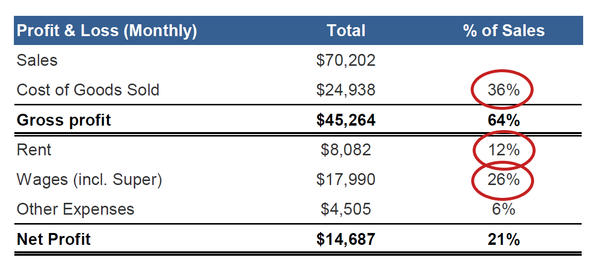
This is clearly a business that is beating the industry averages for Net Profit.
How are they doing it? ….by controlling the three items I have highlighted: Cost of Goods (also called ‘Cost of Sales’), Rent & Wages.
These are the 3 biggest expenses in every cafe. By measuring these monthly, we know where the opportunities are, and can start to make changes.
The good news - If you use a proper accounting system like Xero or MYOB, this report is waiting for you. Make sure you’ve setup the “bank feed” to allocate income and expenses to the right categories (or check with your bookkeeper) and run the ‘profit and loss’ report.
Now that we know where we stand, we can compare our numbers to the best practice in the industry:

*these numbers will vary depending on whether the owner’s pay is included in ‘Labour’, or taken out of Net Profit
#2 Start by growing sales
Many people start by doing the opposite - they cut costs: reduce labour hours, hire younger staff, buy cheaper ingredients. It improves margins for a time, but then sales start to fall as service gets slower and products aren’t as good as they once were. With less sales, you’ve then got to keep cutting. And so it goes until there’s nothing left to cut...ouch.
There is really no way around it: to have a successful, sustainable business you have to find a way to grow over time. Costs will always creep up, but focussing on growing sales helps to reduce the percentage of fixed costs (like rent) and gives the momentum needed to start controlling variable costs (like wages).
So, if sales aren’t growing, what do we do about it?
At this point, most people will jump right into to marketing ideas - social media, discounts, loyalty programs. While those things can help, I have found that there is simply no substitute for getting the fundamentals right: consistently good coffee, food & service - and a great atmosphere.
These are easy things to say, but they are really hard to objectively measure when you work inside a business all day, every day. It’s a really valuable thing to get some honest, and sometimes painful feedback from other business owners & industry professionals that are outside your business.

#3 Improve Efficiency
No one enjoys inefficient service; it’s bad for customers, staff hate it and it costs you money you didn’t even know you were spending.
Here’s the problem: Let’s say you normally roster two staff on a shift. If sales grow by 20%, then you can either:
Neither is a great outcome.
The smart way is to focus on efficiency - that is, make your team more productive without using extra time and effort. In doing this, you can control costs and grow sales at the same time.
Here are a few practical ways to do just that:
- Simplify your menu. The more items and ingredients you have, the more time is eaten up on service, with managing orders & product waste.
- Improve your workflow. Arrange equipment, benches and furniture to minimise the amount of running around by staff.
- Automate repetitive processes - automatic grinders, tamping robots, milk steamers and contactless card systems are just a few examples.
- Setup your cash register (POS) system to send dockets directly to where they’re needed (kitchen, coffee bar, etc) to keep front of house focussed on customers.
#4 Change the Product Mix
The ‘mix’ of products that you sell are not all equal. Some menu items have high sales & high margins, others have low sales and low margins.
The first step is to know which is which. If you’ve discovered the reports section of your cash register, take a look at the product mix report (could be called ‘sales by product’, ‘product sales analysis’ or something similar).
Think of your menu like a football team. If a product isn’t performing, it’s time to put it on the bench and bring on some fresh legs. Those low-selling, low-margin products are dragging down your overall cafe profit.
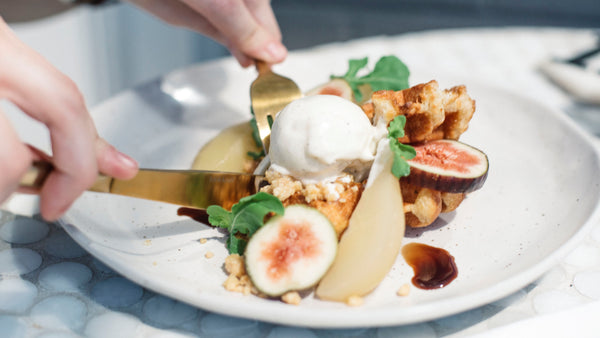
Tasty: yes...Profitable: maybe
#5 Increase Capacity
Once sales are growing (point 1) and we’ve improved efficiency (point 2), there’s a good chance you’ve got the opportunity to increase capacity of your business. That is, you can increase sales by removing barriers (e.g. they cant get a table) or by tapping into a new segment (e.g. opening earlier for commuters).
Some specific ways you can do that:
- Speed up service times. Quicker service means people are more likely to come back more often. It’s incredibly simple, but so many cafes are just too slow.
- If your seating fills up during peak times, increase capacity by adding tables or reconfiguring the floor layout to allow more usable seating.
- Review your trading hours - adding to your opening hours can be slow at first, but can pay off in the long run.
- Offer incentives for customers to visit during quiet periods
- Consider adding a mobile ordering option, like Hey You or Skip
____
That’s all for now, leave a comment on our Facebook page or send an email if you have any questions. If you're planning to open a cafe, take a look at our step-by-step guide. If you’re thinking of buying a cafe, take a look at our checklist of things you should know. Or checkout our wholesale page for more on how we can help local cafe businesses.
___
